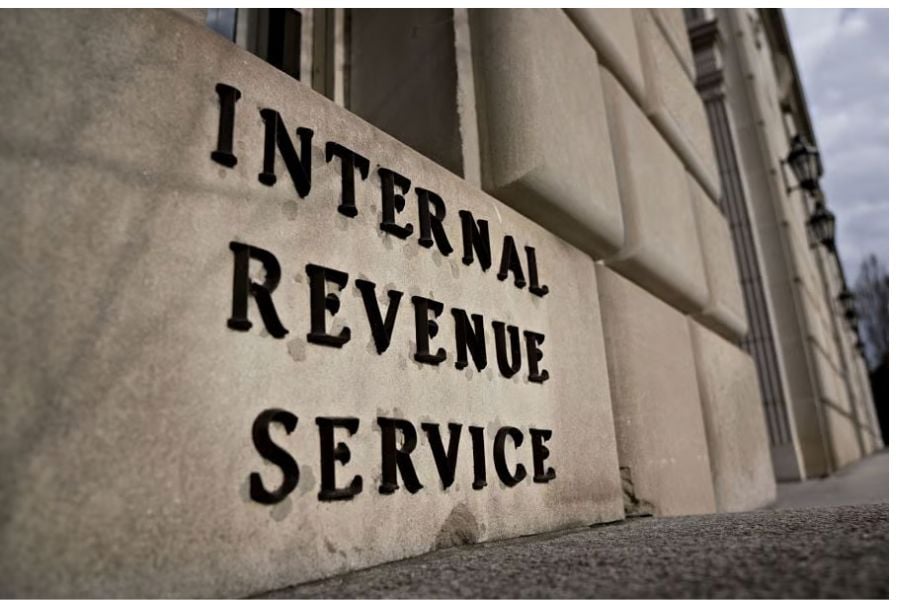

The Internal Revenue Service has confirmed the annual contribution cap for 401(k) plans will be increasing next year, going up to $23,500 for the 2025 tax period from $23,000 in 2024.
But the contribution limit for IRAs will remain at $7,000, according to a new IRS notice outlining the new cost-of-living adjustments across various retirement savings accounts.
As per IRS Notice 2024-80, the new 401(k) limit affects employees contributing to a range of retirement savings plans, including 403(b) plans, governmental 457 plans, and the federal government’s Thrift Savings Plan. For workers aged 50 and over, the catch-up contribution limit will remain at $7,500 in 2025, allowing those older employees to generally save up to a combined total of $31,000 annually in their workplace retirement accounts starting next year.
For IRAs, the catch-up contribution limit for account holders aged 50 and over is also unchanged at $1,000, despite a SECURE 2.0 Act of 2022 amendment to include an annual cost-of-living adjustment.
The IRS also revised income limits used to determine eligibility for certain retirement-related tax benefits, including deductible contributions to traditional IRAs and Roth IRA contributions.
For traditional IRA contributors, the income phase-out range for single filers covered by a workplace retirement plan has been increased, with eligibility now spanning between $79,000 and $89,000, up from $77,000 to $87,000 in 2024. For married couples filing jointly, where the spouse making the IRA contribution is covered by a workplace retirement plan, the income phase-out range is now between $126,000 and $146,000, up from $123,000 to $143,000.
For cases where the IRA contributor is not covered by a workplace retirement plan but is married to someone who is, the eligibility phase-out has shifted to between $236,000 and $246,000, up from $230,000 to $240,000. The income phase-out for married individuals filing separately who are covered by a workplace retirement plan remains unchanged, staying between $0 and $10,000.
Income phase-out ranges for Roth IRA contributions were also adjusted. For single filers and heads of household, eligibility now falls between $150,000 and $165,000, an increase from the 2024 range of $146,000 to $161,000. Married couples filing jointly will see a new phase-out range of $236,000 to $246,000, compared to $230,000 to $240,000 last year. For married individuals filing separately, the Roth IRA income phase-out remains from $0 to $10,000.
Meanwhile, the phase-out range for married couples filing jointly is now set at $49,500 to $74,250, up from $48,750 to $73,125 in 2024. For heads of household, the range is $37,125 to $55,688, increased from $36,563 to $54,844. Single filers now have a phase-out range of $24,750 to $37,125, up from $24,375 to $36,563.

Integrated Partners is adding a mother-son tandem to its network in Missouri as Kestra onboards a father-son advisor duo from UBS.

Futures indicate stocks will build on Tuesday's rally.

Cost of living still tops concerns about negative impacts on personal finances

Financial advisors remain vital allies even as DIY investing grows

A trade deal would mean significant cut in tariffs but 'it wont be zero'.
RIAs face rising regulatory pressure in 2025. Forward-looking firms are responding with embedded technology, not more paperwork.
As inheritances are set to reshape client portfolios and next-gen heirs demand digital-first experiences, firms are retooling their wealth tech stacks and succession models in real time.
